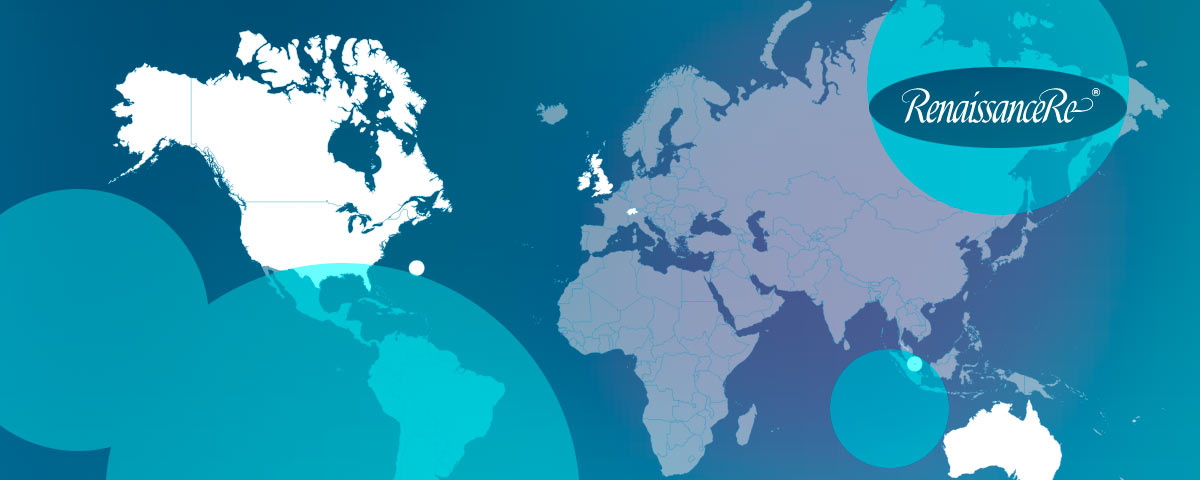Reinsurance prices are softening, natural catastrophe margins are shrinking, yet reported profits are climbing, according to Berenberg’s analysts. Reconciling that contradiction dominated their conversations with reinsurers.
Companies point to higher volumes, stronger investment income, and broader diversification. Berenberg doesn’t disagree, but the firm thinks another force is at play.
Over the past two years, reinsurers used the extraordinary pricing of 2023–2024 to build buffer reserves, holding back part of their underwriting gains instead of showing them all on the bottom line.
That practice, the analysts argue, strengthens earnings stability in the near term and gives rating agencies the consistency they prize. It also leaves headroom for reported profits to rise as buffer additions taper.
According to Berenberg, the process is likely to slow in the next couple of years and stop altogether by 2027.
When that happens, reinsurers won’t have to absorb the same drag from reserve-building, and profits should keep climbing.
The first half of 2025 gave a glimpse of how this works. Benign loss experience allowed reinsurers to add even more to reserves, which showed up partly through positive variances in their contractual service margin.
Global reinsurance market has entered a post-peak pricing phase, with earnings expected to moderate in 2025–2026.
Different companies are at different stages, but the collective message is clear: the buffer stockpiling has been meaningful, and it won’t last forever.
Reinsurers may have some flexibility on pricing—sometimes in exchange for taking on more exposure across business lines—but attachment points are treated as off-limits.
Analysts said that stance reflects sector discipline as well as the natural erosion of thresholds driven by inflation.
So the story looks like this: headline prices are softening, but the accounting mechanics of reserve buffers, coupled with investment income and volume growth, leave reinsurers’ reported profits heading upward for now.
While reinsurers appear to be willing to negotiate on pricing to some extent (with an implied agreement for increased exposure across lines of business), attachment points appear to be non-negotiable, in our view.
This arguably reflects that discipline is largely being sustained in the sector and partly reflects the fact that there is a natural erosion of the attachment points from general inflation.
By 2027, the reserve playbook runs out. The question then becomes whether the rest of the machine can keep the momentum.









